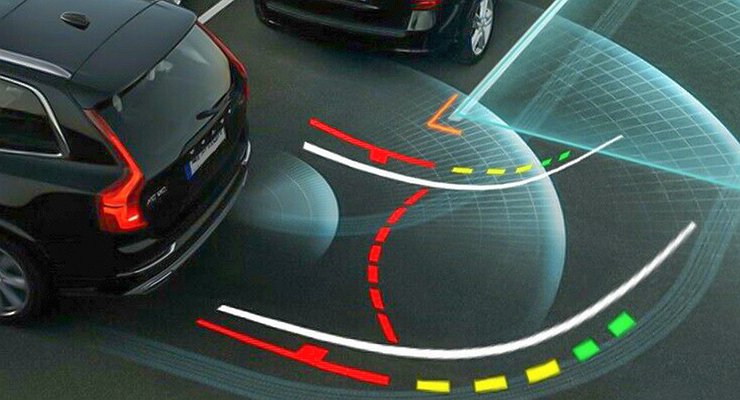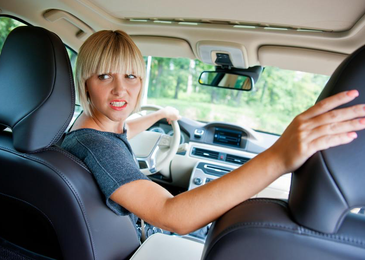If the “iron horse” is not equipped with a system of all-round vision, then when reversing it is necessary to actively use the side mirrors. In the bend to the right we look in the right mirror. And left, left. If there is a change in the direction of movement from right to left, then we first move our gaze from the right mirror to the left, and only then we begin to turn the steering wheel to the left. This is because the car becomes extra controllable when reversing and can change course so quickly that you simply lose your orientation in space.
At the same time, we remember that as the speed increases, the vehicle’s tendency to yaw increases. If you turn the steering wheel even at a small angle at 50 km / h and hold it in this position, the car is guaranteed to slip sharply into a skid and it will be almost impossible to regain control of it. Yes, and the braking efficiency will become much worse, which is related to the specifics of the brake power regulator.
So, if the car backs up and it is necessary to correct its trajectory, we do it with short movements of the steering wheel with its obligatory return to the “straight” position. Incidentally, it is also best to sit behind the wheel in the ‘straight’ position: as if you were moving forward. Of course, in order to use the mirrors effectively, their inclination must be changed so that the rear wheels fall into your field of view. And we need to have an idea of the rear size of the car, so as not to cause an offensive accident.
Basically, when in doubt, it’s best to pull over and even get out of the car to make sure you don’t crash into anything. And if you doubt your skills, when you go back, don’t do it quickly: the speed of a sick turtle will do. At least, even if you bump into something, it hardly causes any problems.











:quality(85)//cloudfront-us-east-1.images.arcpublishing.com/infobae/HJ4KERYK3ZAL7LDWDXFGHNGALQ.jpeg)



